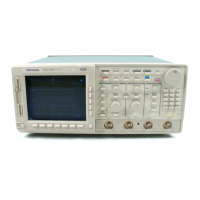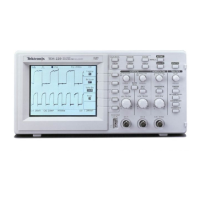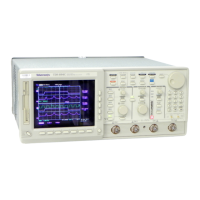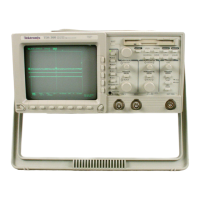Appendix E: Probe Selection
E–2
TDS 500B, TDS 600B, & TDS 700A User Manual
Qualitative or go/no-go measurements
Low impedance probes measure frequency more accurately than general purpose
probes, but they make less accurate amplitude measurements. They offer a higher
bandwidth to cost ratio.
These probes must be terminated in a 50 W scope input. Input capacitance is
much lower than high Z passive probes, typically 1 pF, but input resistance is
also lower (500 to 5000 W typically). Although that DC loading degrades
amplitude accuracy, the lower input capacitance reduces high frequency loading
to the circuit under test. That makes Z
O
probes ideal for timing and phase
measurements when amplitude accuracy is not a major concern.
Z
O
probes are useful for measurements up to 40 V.
High voltage probes have attenuation factors in the 100X to 1000X range. The
considerations that apply to other passive probes apply to high voltage probes
with a few exceptions. Since the voltage range on high voltage probes varies
from 1 kV to 20 kV (DC + peak AC), the probe head design is mechanically
much larger than for a passive probe. High voltage probes have the added
advantage of lower input capacitance (typically 2-3 pF).
Figure E–1: Typical High Voltage Probes
Active Voltage Probes
Active voltage probes, sometimes called “FET” probes, use active circuit
elements such as transistors. There are three classes of active probes:
High speed active
Low Impedance (Z
O
)
Probes
High Voltage Probes

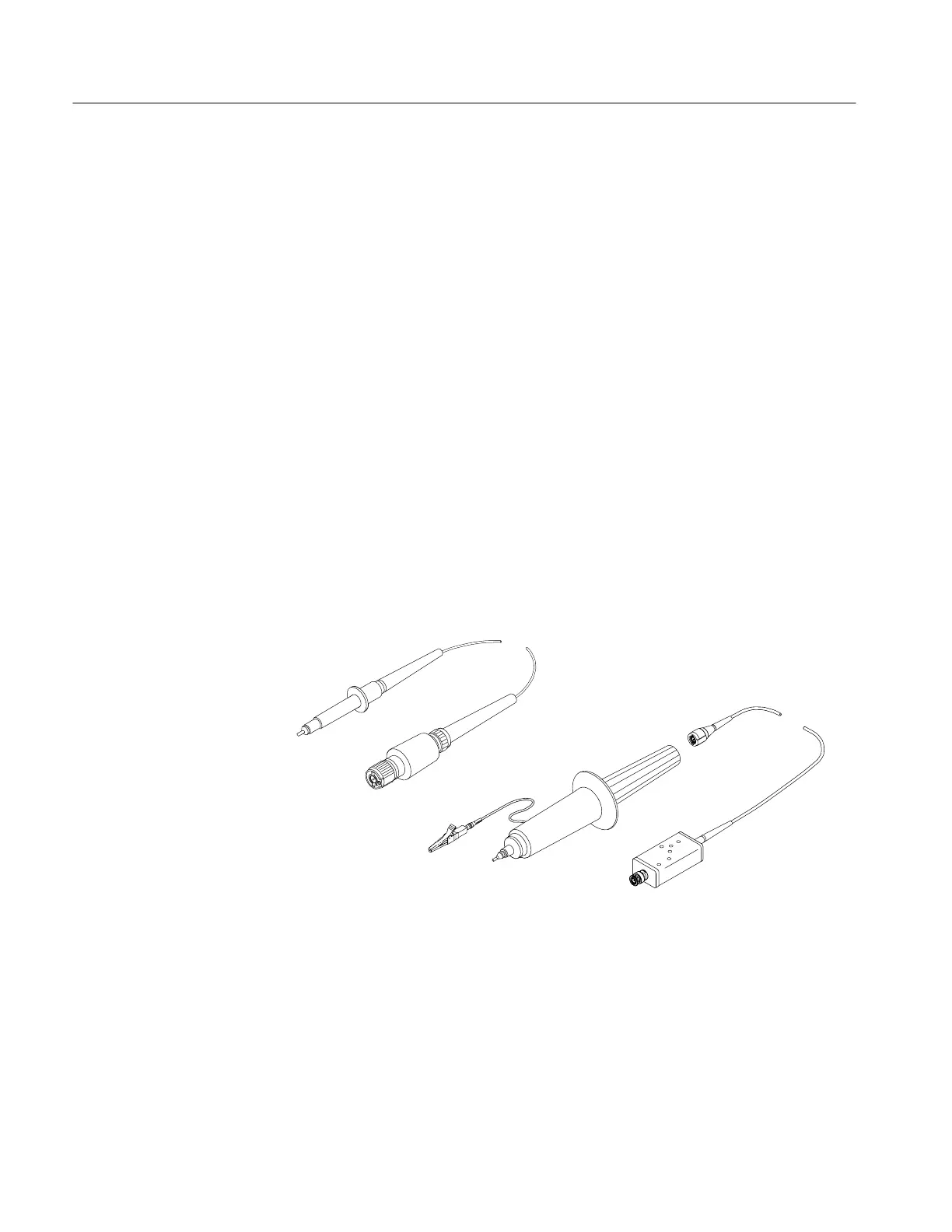